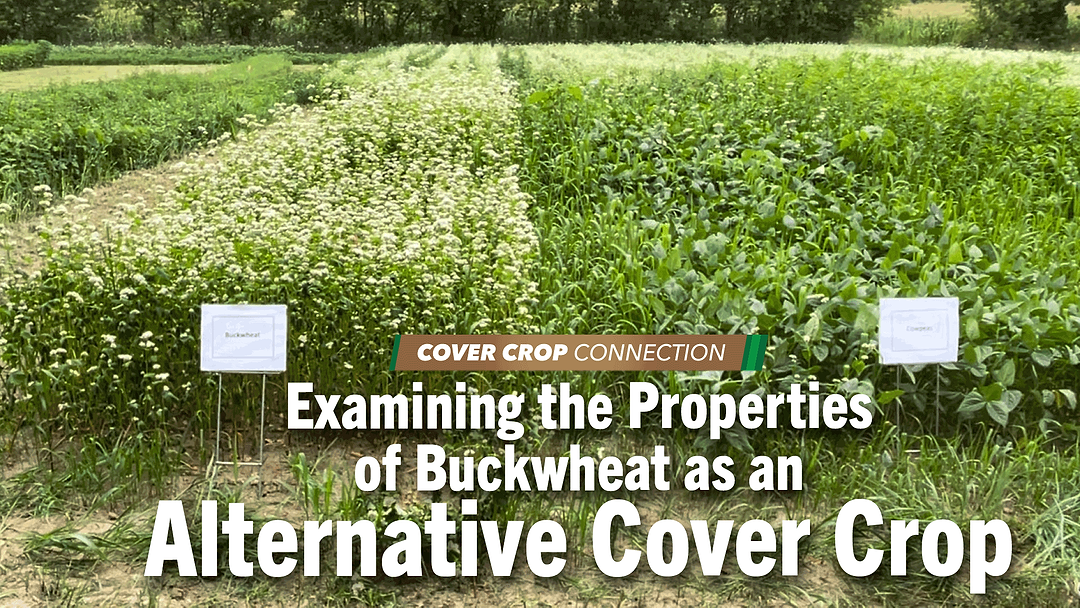Last week I attended a field day hosted by the Michael Fields Agricultural Institute in East Troy, Wisconsin. I had the opportunity to learn from one of their research agronomists, Esther Durairaj, who told us about her research trials looking into alternative cover crops, including buckwheat.
"Buckwheat is grown as a cover crop. It really, comes up pretty quickly, but it's very sensitive to heat. You will see the leaves are dripping down, like, you know, so it's sensitive to heat, it's sensitive to drought. It's a pretty sensitive crop, but then it grows pretty well quickly, and then covers the ground for you.
So, it prevents erosion. It competes with the annual weeds, the perennial weeds. You'll see that there's not much weeds at all in the crop, right? Like it's all the same, we grew, but you can see the weeds here, whereas there's no weeds at all. So it grows pretty quickly and then it's ready for incorporation In 35 days.
It produces the highest biomass within 35 to 45 days. The recommendation is to terminate the crop seven days after flowering within seven to 10 days, because we don't want to let it go to seed because that'll be a problem. Then it falls inside and this is like an indeterminate crop.
It keeps flowering, producing seed. So it's very important that you terminate it. Sometimes you can terminate and grow the next crop of buckwheat. People do that like a couple of crops within a season. So you still have the weed control, you have more biomass coming up.
And, one of the interesting observations that one, that Margaret shared with us is like, Look at the amount of honeybees and then she said the evening bumblebees come.
And so like this is for providing flowers for the bees throughout the season. You can just grow a few of those in farms where you want to have those bees."
Esther also spoke about sun hemp, pearl millet, cowpeas and more so stay tuned for coverage on those cover crops in future episodes of Conservation Ag Update.






Post a comment
Report Abusive Comment